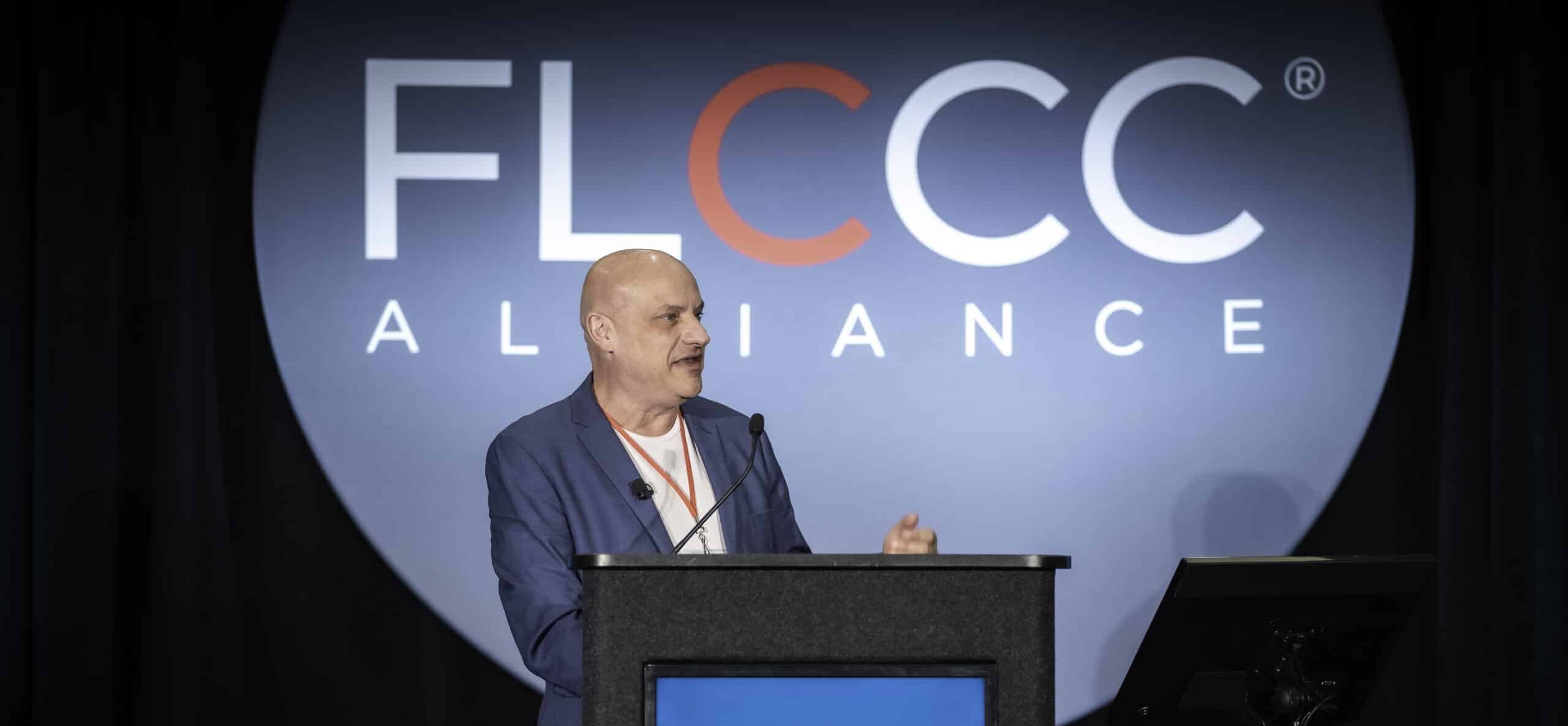Four things I learned treating patients and fighting for medical freedom in 2021
Dr. Pierre Kory distills lessons that could lead us to a happier destination than where we ended up this year.
After a year like the one we’ve just had, it’s important to take a moment to reflect and distill lessons that may help us change course towards a happier destiny than where we ended up in 2021. There’s a lot I could say about what has been happening, given the state of our country and our medical community, but I will focus on what I see as the four major takeaways to guide us forward:
1. Do no harm does not mean do nothing
Some of us, meanwhile, got down to the business of medicine, studying the mechanisms of this novel disease and then formulating treatment approaches using readily available medicines with known properties that could counteract these mechanisms. We did everything possible to give patients the best chance of coming out of this disease alive and free from harm. I’m proud to be in this camp because the results speak for themselves.
The ‘maverick’ doctors in the U.S. who took the above-mentioned path experienced both resistance and punishment from our administrative leaders and government managers, while other countries and regions around the world adopted similar approaches with outstanding results.
I frequently cite the example of Uttar Pradesh, one of India’s largest states with a population two-thirds the size of the U.S. With a careful door-to-door surveillance strategy in combination with a prevention and early treatment regime using ivermectin, Uttar Pradesh effectively eliminated COVID-19 from their state of 241 million people. The history books will (I hope) rightly recognize their efforts as one of the most successful public health interventions ever.
The Brazilian city of Itajai is another great example. The city offered ivermectin preventively to the entire city’s population; 60 per cent of the population (133,051 people) agreed to take it every two weeks for six months. The city’s health service collected data on the entire population prospectively and found that ivermectin users had a 70 per cent lower mortality rate, and a 67 per cent lower hospitalization rate, while the citywide COVID mortality fell from 6.8 per cent to 1.8 per cent during the program.
Similar results have been seen in places like Mexico, Peru, Argentina, the Philippines, Japan and elsewhere. But in North America, Europe, and Australia, organized, deep-pocketed and highly effective opposition to such programs led to some of the highest case fatality rates in the world. What will the history books say about that?
2. Treating COVID is about more than ivermectin
In addition, it’s important to recognize that colleagues such as Dr. Paul Marik and Dr. Umberto Meduri, along with myself, were early advocates for the use of steroids to treat COVID patients — a practice initially discouraged by federal health officials but which has since become the standard of care worldwide. We also had success treating patients with fluvoxamine, a widely used generic antidepressant, in addition to steroids and a number of other repurposed medicines. The protocol contributed to halving deaths in Dr. Marik’s hospital. But the hospital stepped in and banned these medicines, largely restricting their doctors to only using remdesivir; we know it doesn’t work in late phase COVID, and worse, the best studies show it actually may be harming patients.

To show how much the U.S. has lost its way in responding to COVID-19, remdesivir is given to nearly every hospitalized patient at a cost of $3,000 per dose. There are ‘Narco’ states and there are ‘Pharma’ states and the U.S has clearly fallen into the latter category. We must fight to free ourselves from this oppression.
Regarding fluvoxamine, the FLCCC incorporated it into our treatment protocol more than seven months ago, with great effect. That practice was affirmed in October 2021 when a large, double-blind randomized controlled trial, published in The Lancet, found fluvoxamine reduced COVID-19 mortality rates by up to 91 per cent and hospitalizations by two-thirds in those who adhered to the prescribed regimen. This news reinforces the power of safe, inexpensive, repurposed generic medicines to help get this pandemic under control. Yet the NIH continues to avoid recommending this medicine to treat Americans.
It appears these negligent behaviors at the federal level are finally being resisted at the state and local level. An example is now coming from Florida, where the state’s Surgeon General, Dr. Joseph Ladapo, recently launched a public service campaign promoting a healthy lifestyle, better nutrition and early treatment for COVID-19 using many of the compounds in our protocol, including fluvoxamine. While the FLCCC doesn’t take credit for that, it is encouraging to see this kind of move in the country’s third most populous state. Here’s hoping more states follow Florida’s lead in the coming months.
3. Many doctors are too cowardly to speak out
My faith in a lot of things has been weakened since the pandemic began, however, I still believe most doctors go into the profession because they want to help others. I don’t think any doctor wants to see their patients suffer needlessly. So, I really shake my head when I see so many doctors standing by and watching, or even participating in, the pharmaceutical industry’s war on repurposed drugs, dutifully executed via health agencies, medical societies, and state medical boards that scare doctors with bulletins and memos full of threats and fraudulent guidance against using some of the world’s safest (and unfortunately for the industry, most highly effective but unprofitable) medicines. The horrific consequences of their decades-long war against repurposed drugs are clearer than ever before. It must stop. Doctors must resist more effectively, and more cohesively.
“I really shake my head when I see so many doctors standing by and watching, or even participating in, the pharmaceutical industry’s war on repurposed drugs.”
We could have put an end to this pandemic and saved countless lives if many more physicians had spoken up in their individual institutions, prioritizing early treatment approaches guided by the precautionary principle and sound risk-benefit decision making. Instead, physician leaders in countless institutions allowed public health agencies and institutions to implement a rigid, top-down approach to treatment, threatening physicians with loss of their livelihoods if they didn’t follow their pre-ordained protocols. The physicians’ cowardice in staying silent, while patients suffered and died all around them month after month – just to ensure they could stay employed or maintain peaceful relationships with their peers and superiors – led to terrifying outcomes, just as the history books said they would.
Thankfully, there is a growing number of courageous and outspoken doctors and nurses who are increasingly rising up to do what they are duty-bound to do, and I am honored to count myself among them. These are the people who give me hope and inspire me to keep fighting for the truth no matter how difficult it is sometimes.
To those still on the fence, come on out and march with us on January 23 and see how good it feels to be on the right side of history. Together, we will turn the tide.
4. The powers-that-be can’t keep the truth hidden for long
Here’s where the hope shines through the doom-and-gloom. People are seeing what’s happening, and they’re getting sick of it. Word is getting out. More and more people are questioning the many misguided policies leading to results more obviously disastrous by the day.
Every week, thousands of people tune in to our FLCCC weekly webinar. Around the world more than 20 countries, representing almost one-fifth of the Earth’s population, now use ivermectin. My Twitter following has grown to over 200,000 people! I don’t say this to gloat, but rather to point out that people are hungry for common-sense information they can trust. And I am so proud to be surrounded by a group of pragmatic, caring, thoughtful physicians whose goal is to do just that: use common sense approaches to fight this pandemic.





